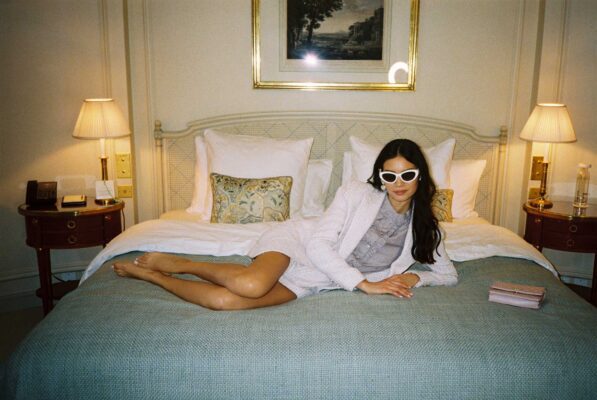
CAFECITO WITH
ASTRID MUÑOZ: “AT AGE 21 I WENT TO MODEL IN FRANCE, AND BECAME ONE OF THE FIRST SUCCESSFUL LATIN AMERICANS IN FASHION”
Name: Astrid Muñoz
Profession: Model, photographer and founder of Curatoria
Nationality: Puerto Rican-Dominican
Zodiac sign: Pisces
Instagram: @astridmunozofficial @curatoriadesign
Website: www.curatoriadesign.com
LATINNESS: Astrid, you were born in Puerto Rico, then you lived in Mexico and Europe; now you’re in Argentina. You’ve had many lives. Can you tell us about these?
ASTRID: I’m from a Dominican family and I grew up in Puerto Rico. With this mixture of cultures, I went to model in France at the age of 21, and became one of the first successful Latin Americans in fashion, thanks to Mario Testino and Carine Roitfeld. The Brazilians and other latinas came after me. When I started, Kate Moss was just starting out.
I was not only one of the first Latin Americans, but also one of the shortest, just like Kate. She was a pioneer, which helped me a lot because I already had the exotic thing.
Then I traveled through Mexico and fell in love with Tulum. I went to spend Christmas, I was still modeling, but decided to stay. I was there for about four years. I was living in Paris at the time as my career was at its peak. Even so, I wanted to discover Mexican culture and not return to France. So, I would go do my modeling jobs, since I still had contracts, and come back.
It was there that I started with the camera. I’d go everywhere with my camera, photographing people I’d see and with whom I was in contact. The landscapes, as well.

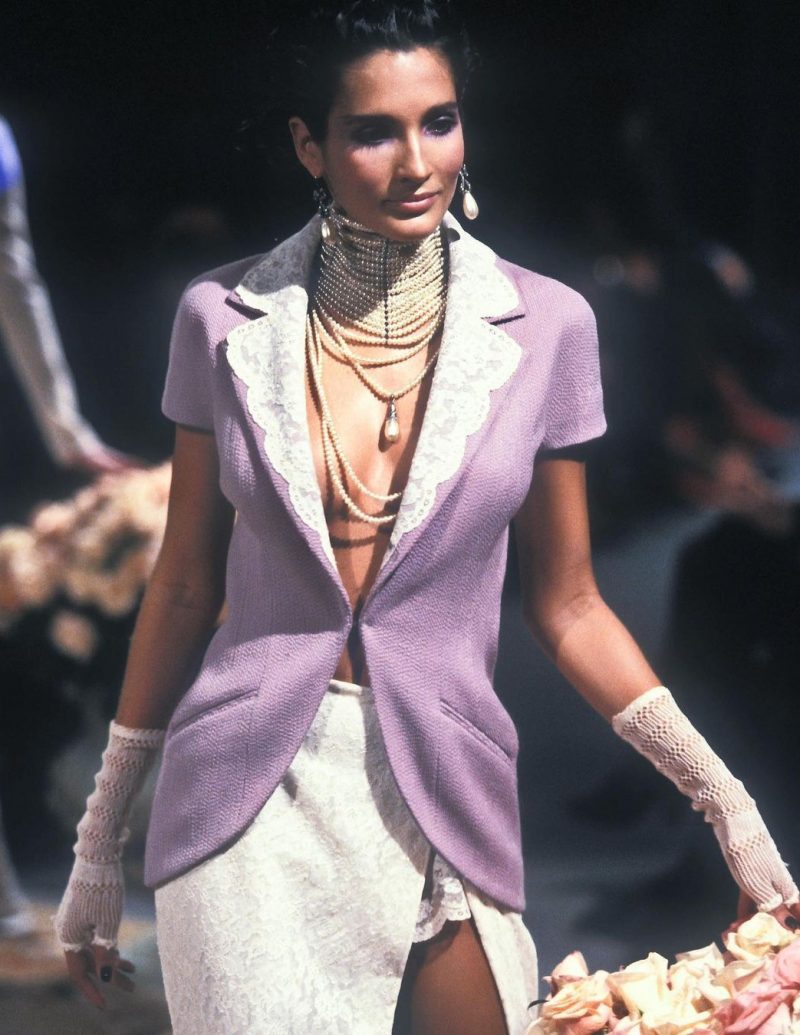
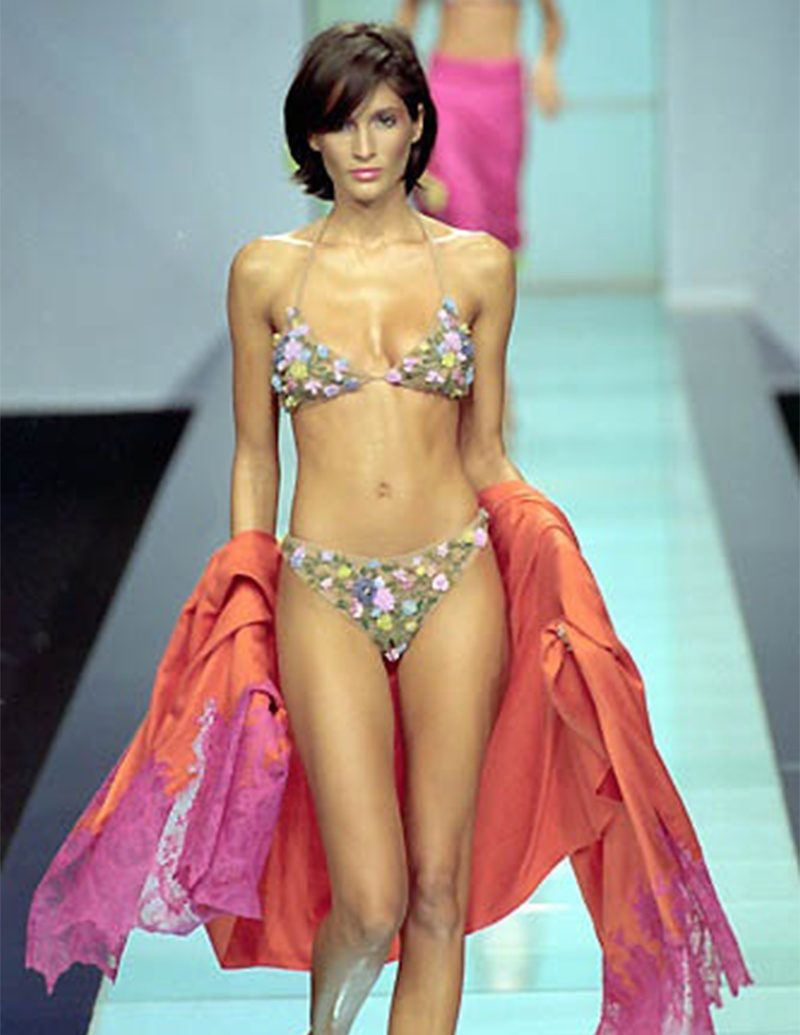
LATINNESS: When was this?
ASTRID: In 1998.
LATINNESS: Tulum must’ve been something else back then…
ASTRID: Something else. The Mexican photographer Enrique Badulescu was the only one there. Giovanni Testino had a house. It was pure jungle with one or another little hotel.
LATINNESS: A true paradise.
ASTRID: Absolutely. I was always looking for the perfect beach in my life, like the one in the movie The Beach; That’s how I was… always searching. And there it was.
I like the wild and I had the whole jungle all to myself.
My partner at the time loved animals, so whatever anyone would find in their room, they passed on to us. We had a terrarium. In fact, we took some species with us to Paris, because we lived there. We even put baby scorpions on the plane. Of course, that was before 9/11, you could go through with anything.
It was a beautiful experience. Mexico is such a culturally rich and beautiful country! I stayed until I finally said, “I need Paris, I need high heels”.
I traveled a lot and was in contact with different communities. It’s what I like, I’ve always carried it in my DNA.
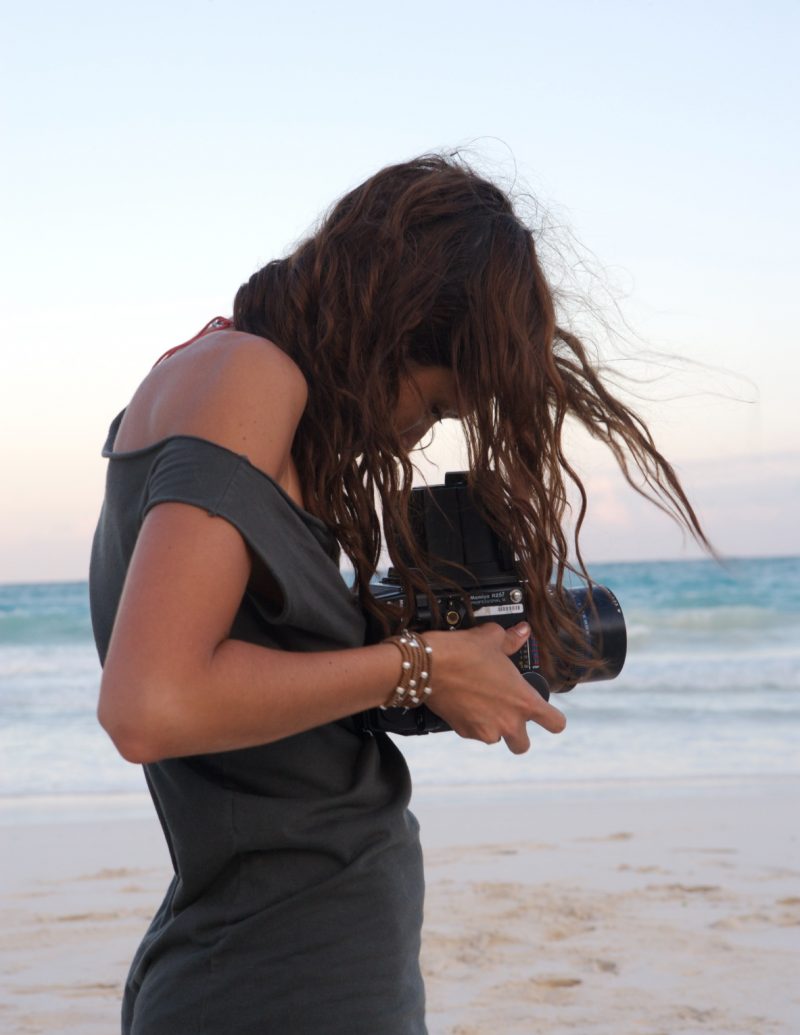
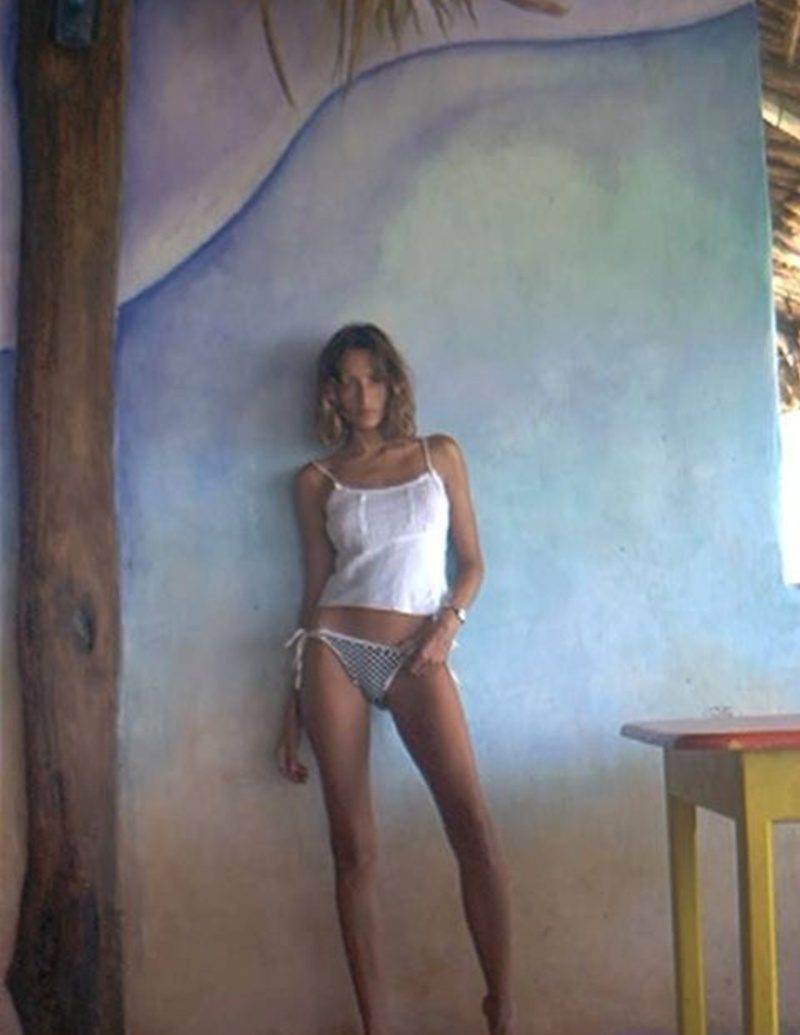
LATINNESS: And what happened after Mexico?
ASTRID: I went back to Paris. There I became a photographer. I came up with the idea for photography. Eric Pfrunder from Chanel saw some of my work, and asked me, “Do you want to do this?” Then added: “I love it when a woman becomes a photographer, because she has a different perspective.” So, they lent me the building on Place Vendôme, which belongs to the brand’s jewelry, to shoot Haute Couture during the week dedicated to it. You know how it is: they send you a dress every two hours.
This was my debut. I did self-portraits. It was truly an incredible support.
He showed the self-portraits to Carine, because she was the first one who helped me as a model. He said, “She has to see them”. Carine loved them, and assigned me my first photoshoot for French Vogue. That’s where my career began.
Eventually, I divorced this French world. I left France and went to live in London.
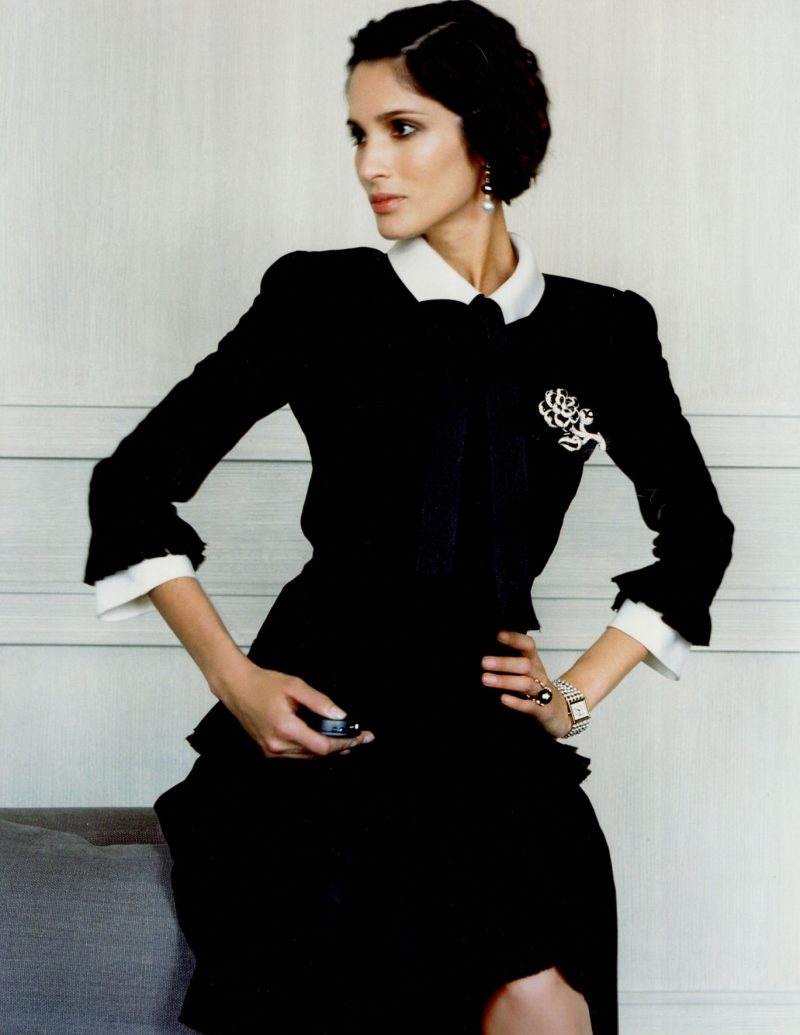
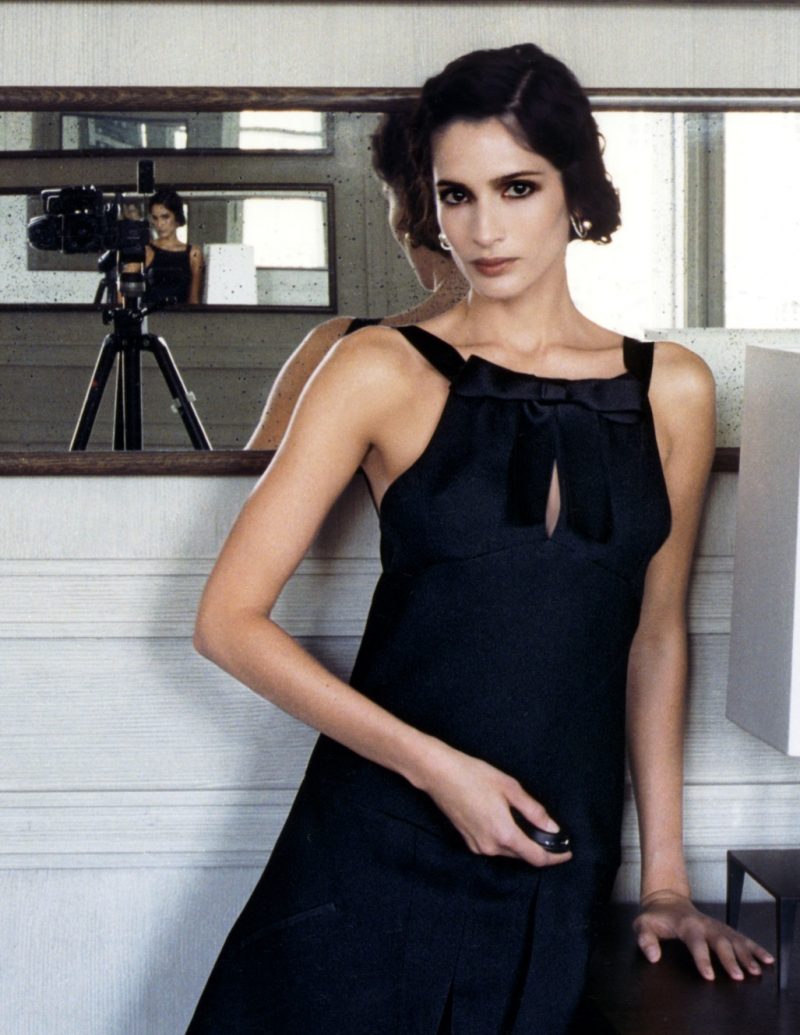
LATINNESS: Your story is incredible. What happened in London?
ASTRID: The rhythm of life is different. It was at its peak when I went. I’m lousy with dates, but it was the moment when the entertainment business was passing through there. In those days I was very involved in art and fashion. I had many contacts.
Elizabeth Saltzman gave me a hand. She was something of a mentor in my photography career. She helped to connect me.
I ended up working with Vogue Spain and Vanity Fair. I also did various things for American Marie Claire and Elle. That was my photography career.
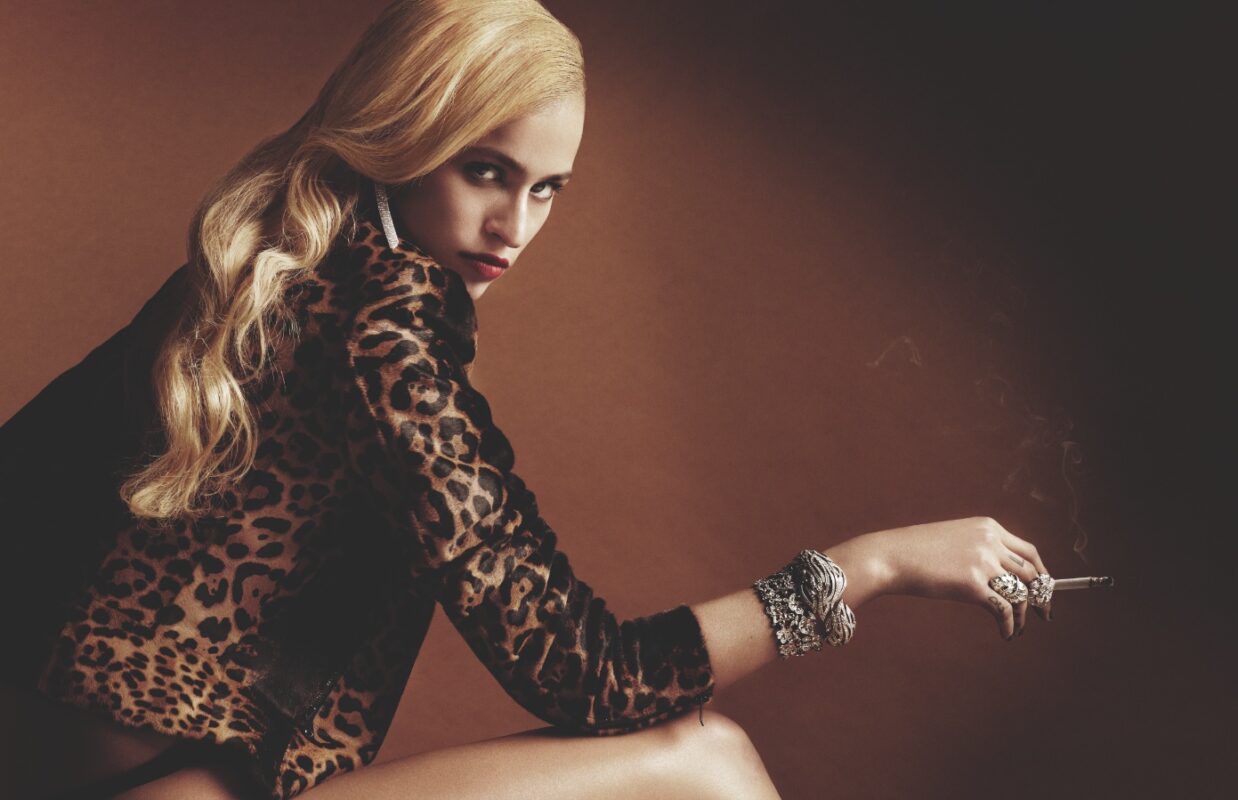
Alice Dellal for Vogue Spain by Astrid Muñoz.
Then I fell in love with an Argentine who turned everything around for me. The truth is that I never imagined living in Latin America. I thought I was going to stay in Europe, because I had been there since I was 20 years old, but I arrived in Argentina, which is an incredible country with beautiful nature. Here you find mountains, deserts and jungle. There’s everything.
I also fell in love with the culture, so I started photographing the gauchos and getting into the gaucho scene. In addition, I discovered its craftsmanship.

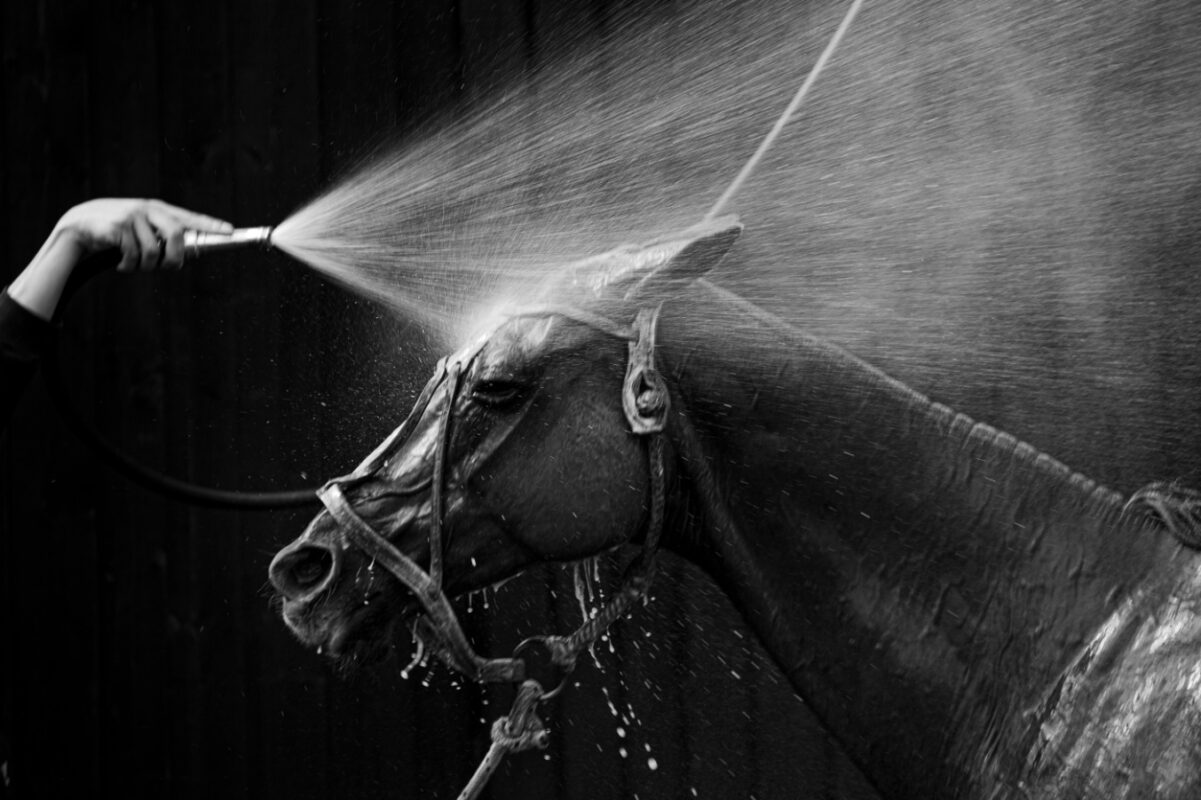
Gauchos by Astrid Muñoz.
When I moved here, I moved away from the world of fashion, because you have to be in it every day. If you’re away six months, that equates to about ten light years in fashion. So, I wasn’t so interested in being in that universe, in all the seasons, in all that travel. That’s why I did more artistic photography, a subject more related to galleries and exhibitions.
Until Jean Moore, an art director, called me. He was the one who had the idea to connect Karl Lagerfeld with H&M, an alliance that changed the history of high street. At the time, Moore was working with Esprit to make a major change to the brand. It was then that he looked at my website and saw that I did self-portraits and other things. He told me that my work was perfect for a brand campaign.
That’s how I got this incredible project in which I was the image and photographer. We did a series of self-portraits on the Isle of Skye, the largest in Scotland. I went two weeks before the shoot to photograph the place… It was incredible!
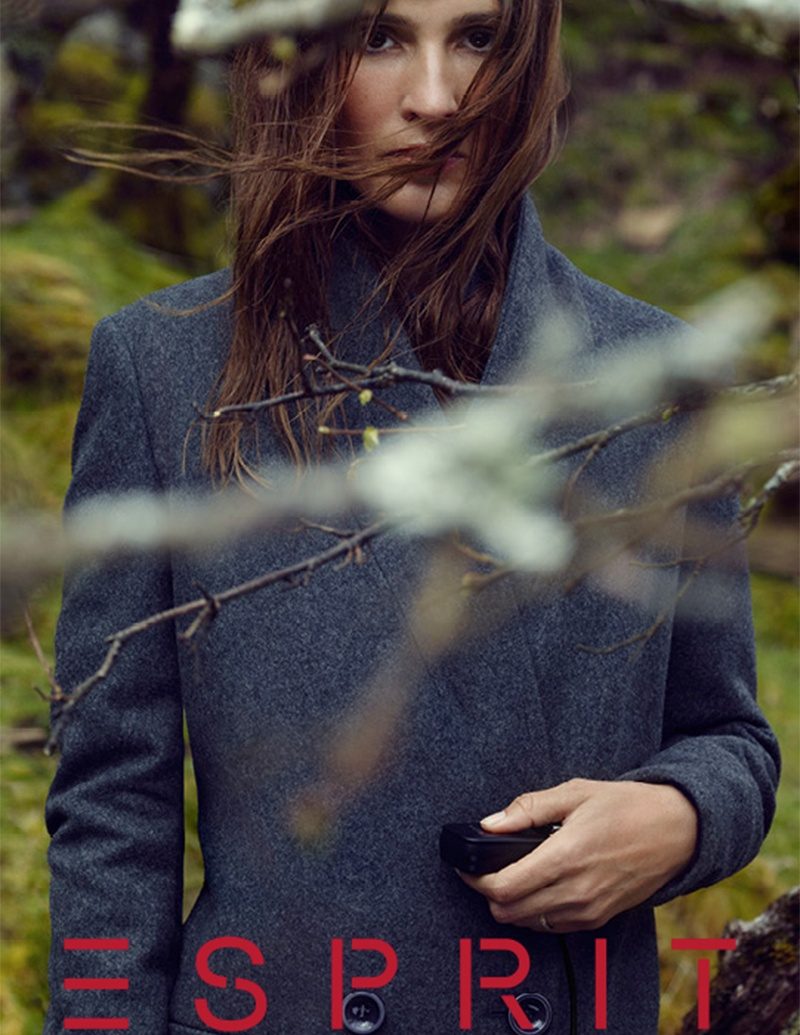
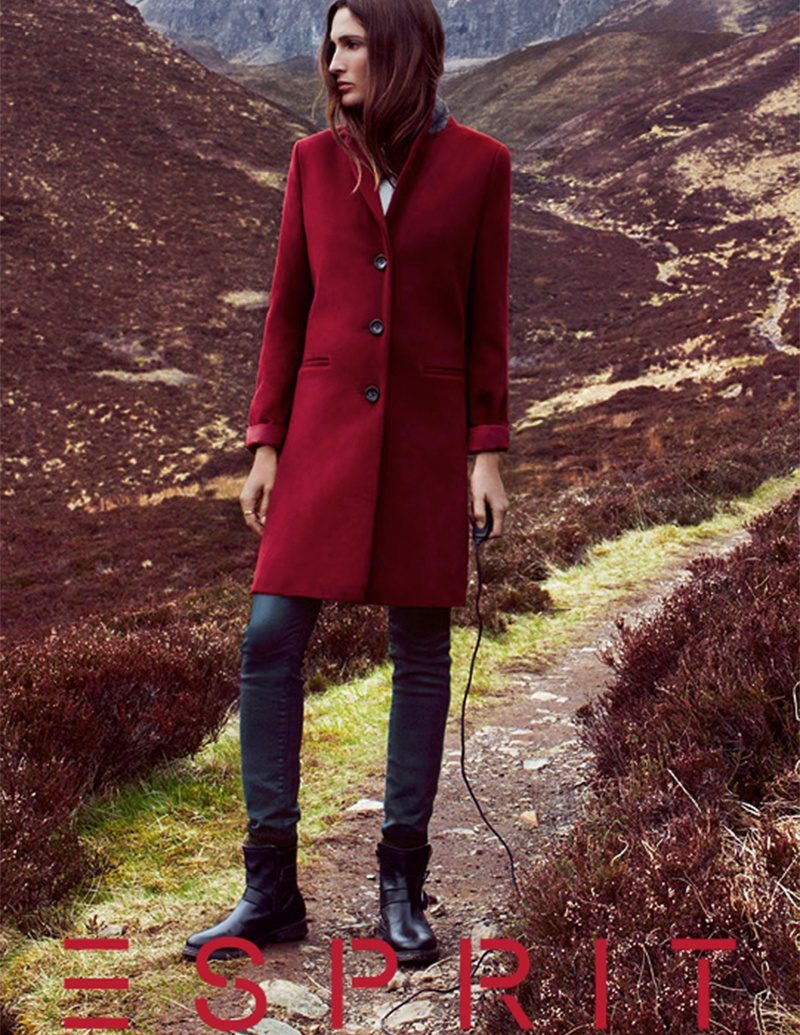
For the fashion part, for the self-portraits, I worked with a team of 30 people… It was a mega project. Then I thought: “After this I won’t dream of doing fashion. I mean, this is like “Wow!” However, I did it with a more artistic touch. That’s why when they told me “We’re going to have a cocktail party during fashion week”, the typical one for brands, I decided to make a counterproposal: plan an art exhibition and not an event in a store, because that way they could pay attention to what I was doing, how things changed.
So we did it. I reconstructed everything I saw and felt on the island. In fact, we recreated a particular rocky hill that is in that place, called Man of Storr. The weather changed constantly when I was there, it rained, it was sunny or it turned gray… every day something different happened. So for consistency in the story, I also included that in the exhibit with the photos.

Isle of Skye by Astrid Muñoz.
At first, we thought about putting them in water, but the color didn’t come out right, so we decided to do it in glass. We created some special wooden tables for it.
The truth is that this was a liberation, an incredible experience, because when I finished, I had given my all and was left empty. I couldn’t touch a camera for a year after that campaign. The designer Roland Mouret had predicted it when he came to see the exhibition; He told me: “You are going to see how empty you’ll feel”. And I thought, “What is this crazy man talking about?” But it happened.
What I produced was a kind of temple, because people told me: “I don’t want to leave; I want to stay here all day”. Mario Testino also said it. It was a nice experience, and the last thing I did in fashion.

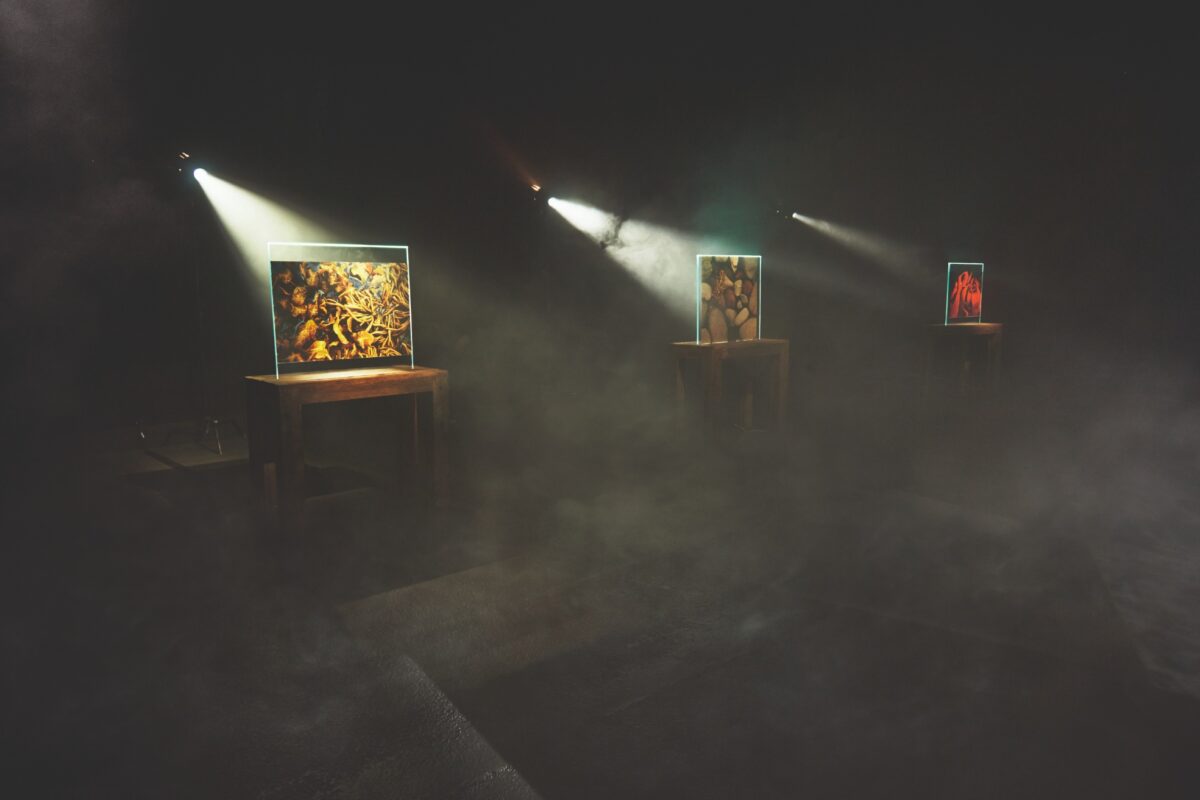
Skye Photography and Installation by Astrid Muñoz, en La Halle Freyssinet de París.
LATINNESS: And now where are you?
ASTRID: I came to Argentina. My husband has three children, so I focused on family, being a hostess at home. Then I said ok, that’s it. I did it. Now I want to see what project I can contribute to.
LATINNESS: Of all these places where you’ve lived. What did you take?
ASTRID: From Paris, food, gourmet. It’s incredible the importance given to good food. I loved Paris because of its beauty. Even if you are focused on your phone while you are in a taxi, you see the beauty of everyday life. It’s awesome.
From England, humor; especially being able to laugh at myself. From New York, the business: arrive on time, work “9 to 5”, plan what you are going to do. This is a bit like German.
Argentina brought me back to my roots because although I grew up in Puerto Rico, I had a kind of torticollis that led me to always look towards Europe. When I grew up, I wanted to be a model in Europe and live there. I didn’t see anything of value in staying in Latin America.
When I arrived in Argentina, already older, I came with the intention of putting down roots, of establishing a family. Here I found the wealth that we latins have and the difference that we bring to the world. The strong symbolism that we have and the deep ways of seeing life and relating to each other. I got that again here.
From Mexico, to have a good time. The truth is that they have a great time. To cry or to laugh, a ‘tequilita’ and nothing happens.
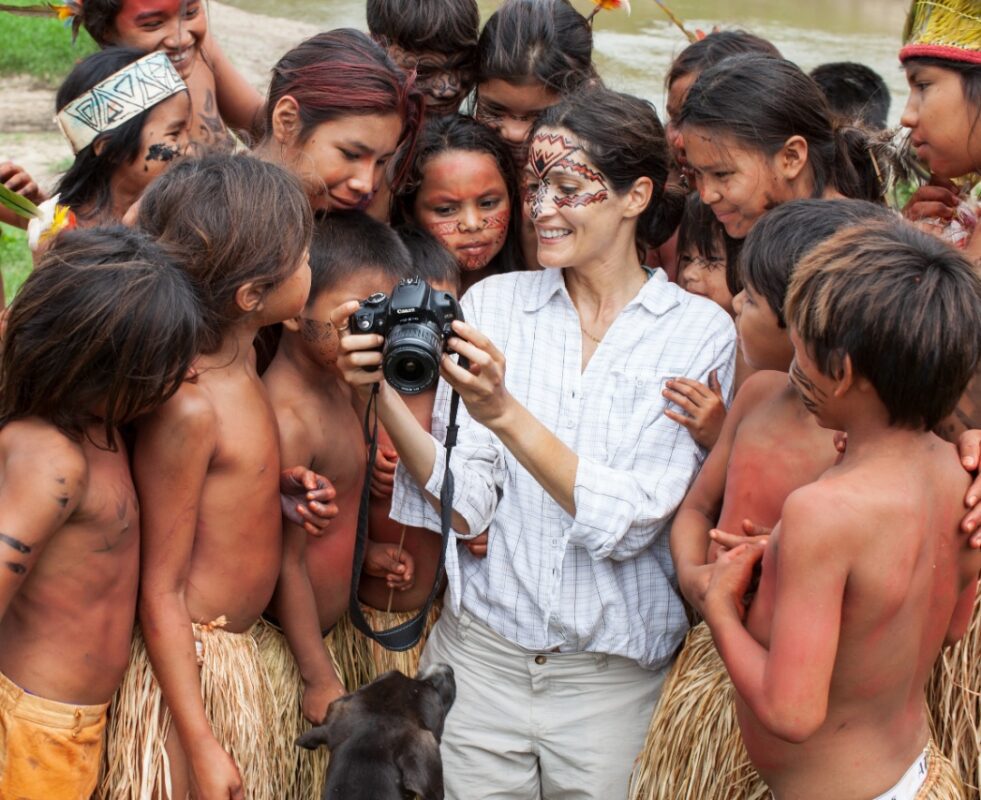
A visit to Amazonas.
LATINNESS: It’s true, Mexicans have a particular joy. Now you’ve launched Curatoria! How did this project arise?
ASTRID: In 2019. My husband was a great polo player. In fact, he was named president of the Polo Association, a very important position worldwide. A tournament is held here that’s like the Wimbledon of polo. It takes place from September to December, and thousands of foreigners come.
While in that position, he changed a lot of paradigms to make polo more inclusive. He didn’t want an elitist sport. It occurred to him to have some art in polo, and I thought it would be wonderful to not only have art, but also fashion and design. I wanted to offer a curated edit to showcase the niche designers I knew who do not have a store, and, well, they let me do it.
I started to develop a kind of Colette, a kind of concept store that people couldn’t understand. Many believed it was a bazaar. I converted a military museum, located where they hold this tournament, into a store, and I summoned different designers and artists, my favorites. They, in turn, brought me others, and it opened the variety.
Through this exercise, I met the Aboriginal communities with which I am now involved. I didn’t know about their work because craftsmanship is still not highly valued here, it’s even more niche. I discovered these women weavers who have incredible art, and I thought, “My God, I have to show this to someone in Europe, to a designer who can do something, to someone in the United States. This is incredible”.
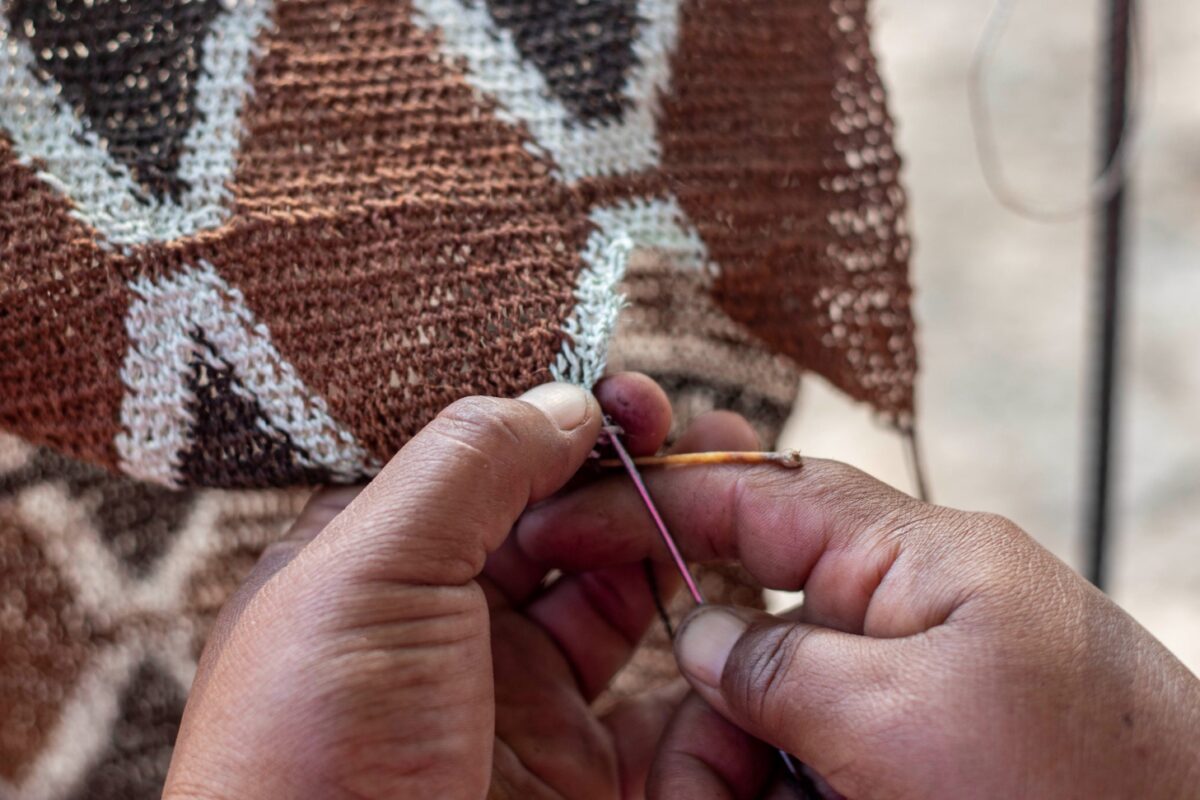
Comunidad Wichi by Nicolás Heredia.
So I began to investigate these artisans and realized the precarious situation they are in. They die of hunger, they have no water or light. It’s an impressive social problem. I wondered: How can they make this art and yet this happens? I felt the urge, not only to preserve their knowledge, but also to help. The fact that in the 21st century they have nothing is outrageous.

Comunidad Wichi by Celine Frers.
During the project I realized that hangers were lacking,and that was when I discovered another problem in the country, which is that it’s very difficult for artists and designers to do business in Argentina. Many feel exhausted, despondent, although they have incredible talent that can even reach Moda Operandi. They were so disappointed that even by offering them this polo stage in the best place with maximum visibility and without any cost, they were not easily convinced. They’d say “Oh no, another fair…”.
I wanted to carry them on my shoulders, to show them to the world, show them what happened with Colombians, with their fashion and crafts. That suddenly, five years ago, I saw all the English women dressed in Johanna Ortiz, with the bows, with the ruffles, with the hoops. It also happened a few years ago with Mexican fashion and crafts. So I asked myself: when will it be Argentina’s moment? I decided to help them get there, but with a different vision.
I remember when I shared my vision with one of the artists, he told me: “Oh, how beautiful your energy is… so naive!” And I replied: “Naive?” There is a big difference: I’m not despondent.
Anyway, setting up a business in Argentina is difficult. There are millions of obstacles that don’t help entrepreneurs, but I’m hard-headed because I’m fortunate to have contacts and can become a bridge between Argentina and Europe or the United States.
The problem is that I kept debating if I wanted to set up a shop, because the truth is it’s time-consuming. But then the pandemic arrived, and with it the digital boom in Argentina; back then we were still in diapers. Online sales went up, and that’s when I realized how much I loved this project, being in communication with the artisans and creating.
For example, I’m helping an artist who works with Argentine merino wool. Loro Piana buys wool here; they take it as raw fleece. Only 20% stays in the country, the rest is exported, which makes it difficult for artisans to access it. Now knowing this, I’ve reflected: “Who can I do a collaboration with? Maybe John Galliano might find it interesting….”
I’ve found that undertaking this goes beyond setting up a store, so step by step, I’m discovering the setbacks and how I can help solve them.
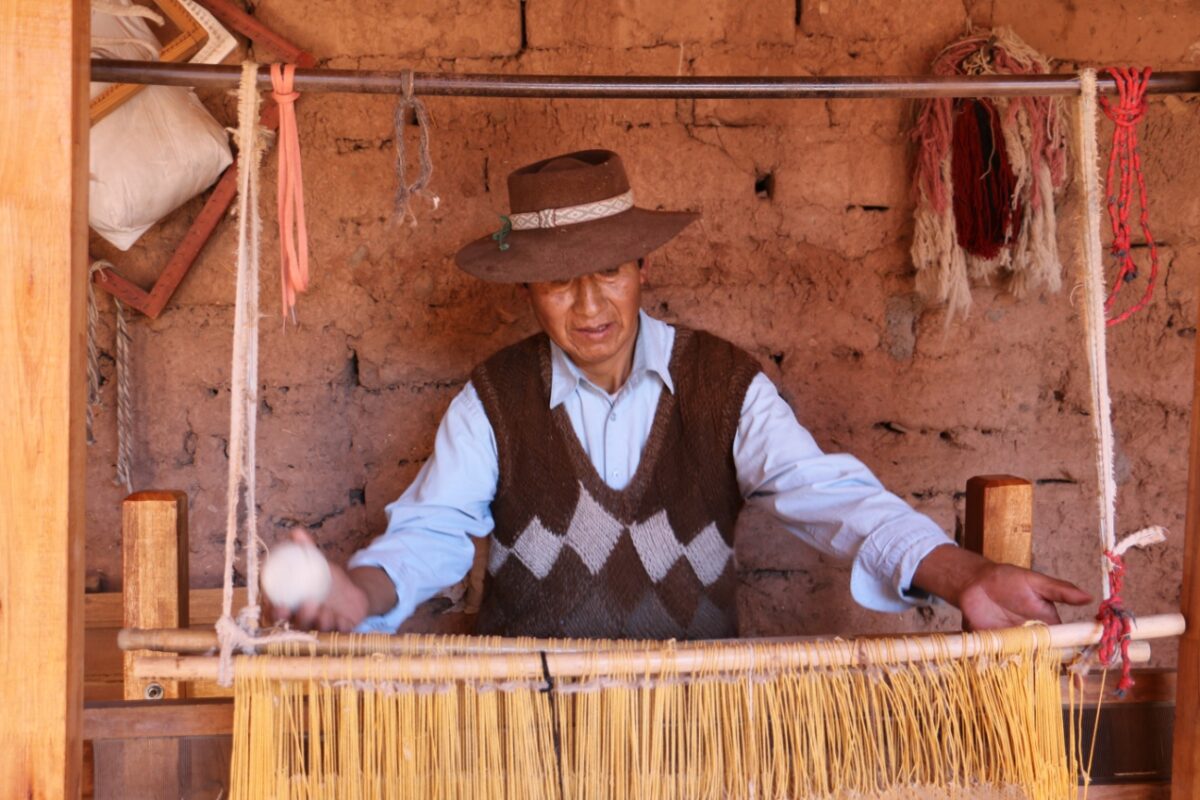
The weaver Martin Valero by Nicolás Heredia.
LATINNESS: So you started with Argentine crafts, but we’ve seen you work with other Latin American crafts…
ASTRID: So as I mentioned, crafts are still not valued here. I brought Colombian pieces so that we can compare, because their crafts have been evolving for 32 years thanks to Artesanías de Colombia, which has modernized and adapted to current times. What I want to do is a creative fashion laboratory in which we work with indigenous communities. That’s why I decided to show and position the crafts. People go crazy with it. You have to see how much they love the ruanas by the Colombian designer Adriana Santacruz.
I also want to bring Mexican craft. It’ll be the next one when I can travel there.
The idea of Curatoria is that we all have things in common. For example, I chose four spirals for the logo, and it turns out that all Latin American indigenous communities also have the spiral. I had that image for many years, and I began to find it in Mexican earrings when I lived in Tulum and in Cano jewelry from Colombia. Also in the ponchos that I have. We are all connected.

Weavers by Nicolás Heredia.
LATINNESS: In all your stories you tell how networking has helped you in your career. You mentioned Elizabeth Saltzman, Carine Roitfeld and Eric Pfrunder of Chanel. Obviously, that’s been very important to you. What advice would you give to the new generation of creatives who want to work in fashion?
ASTRID: Something that I’ve seen and consider fundamental, and I’ve perceived from what Colombians and Mexicans are doing is that they start from their origin. They don’t want to be the next Valentino; they start from their essence, from what is in their country and what twist they can give it. It comes from its roots. Because if not, we wash out. When we try to be somebody else, we wash out.
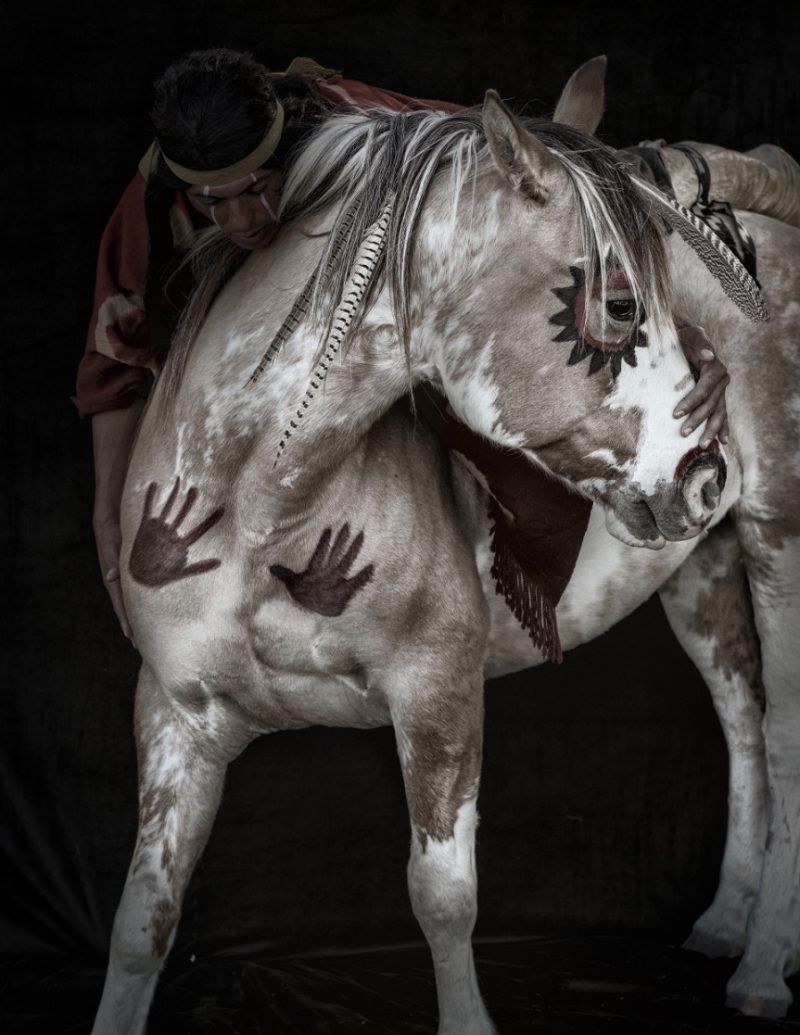
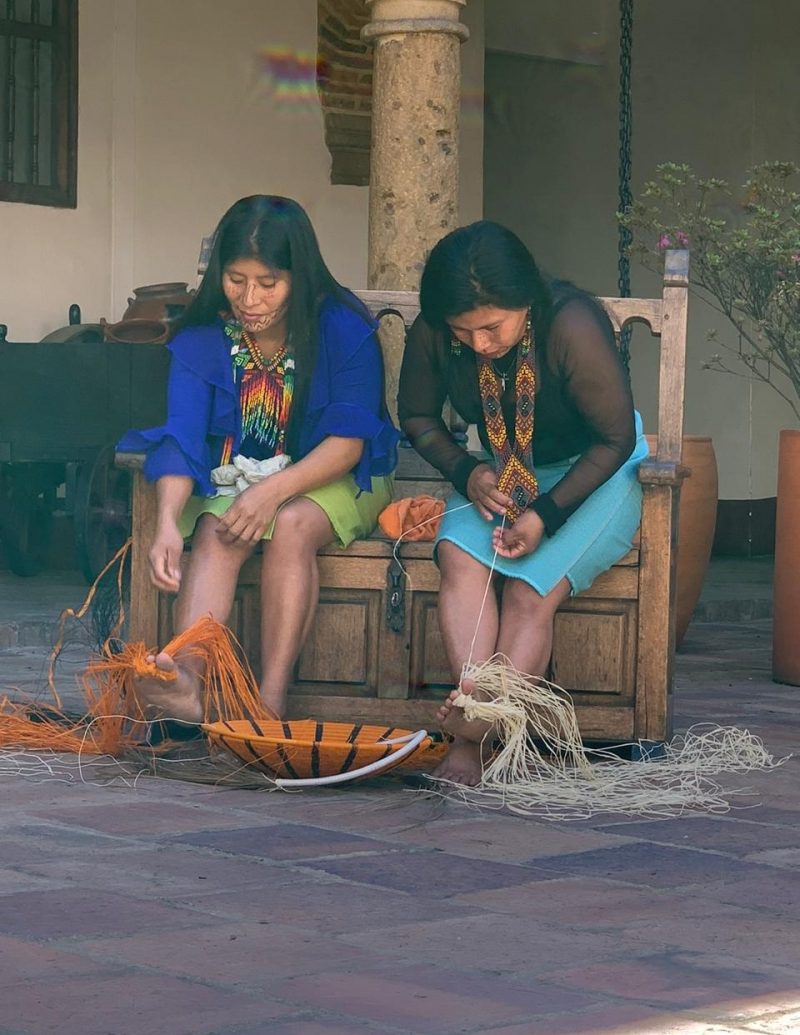
Comunidad Wounan by Nicolás Heredia..
LATINNESS: Tell us something about yourself that few people know.
ASTRID: When I was little, my mom sewed for me. She did all kinds of manual labor. We’d look at high fashion magazines with her, and we’d copy Valentino and Saint Laurent. I never told Valentino that. I remember copying a polka dot jacket with palazzo pants and a scarf that reached my knees. It was 1989, I was 18 years old, and everyone was wearing Body Glove, which was what we used in my time. I was very skinny so I couldn’t wear it.
Years later, I remember going to Valentino’s office for something, and there was a book there that summarized all his work. When I got to the polka dots I thought, “What if he knew I copied it?”
Images courtesy of Astrid Muñoz.


